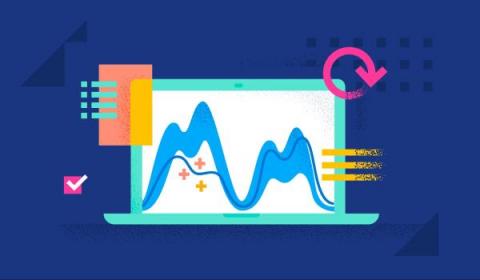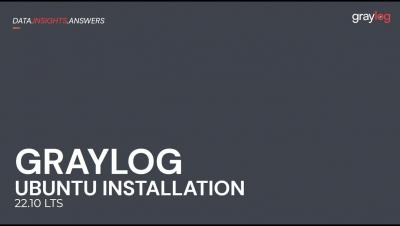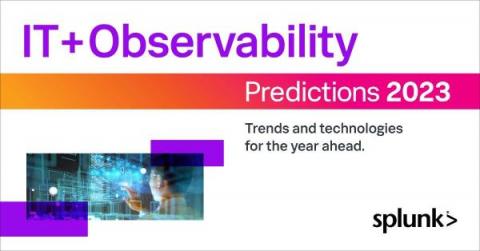How Can the Right Log Aggregator Help Your Enterprise?
The Internet of Things (IoT) revolution has set the beginning of a new age of data transfer. Each day, a massive number of new devices get added to all kinds of network infrastructures, transferring gargantuan amounts of data back and forth. In the next decade, we expect the number of IoTs to grow to a staggering 80 billion connected devices – practically outnumbering the human population tenfold.











